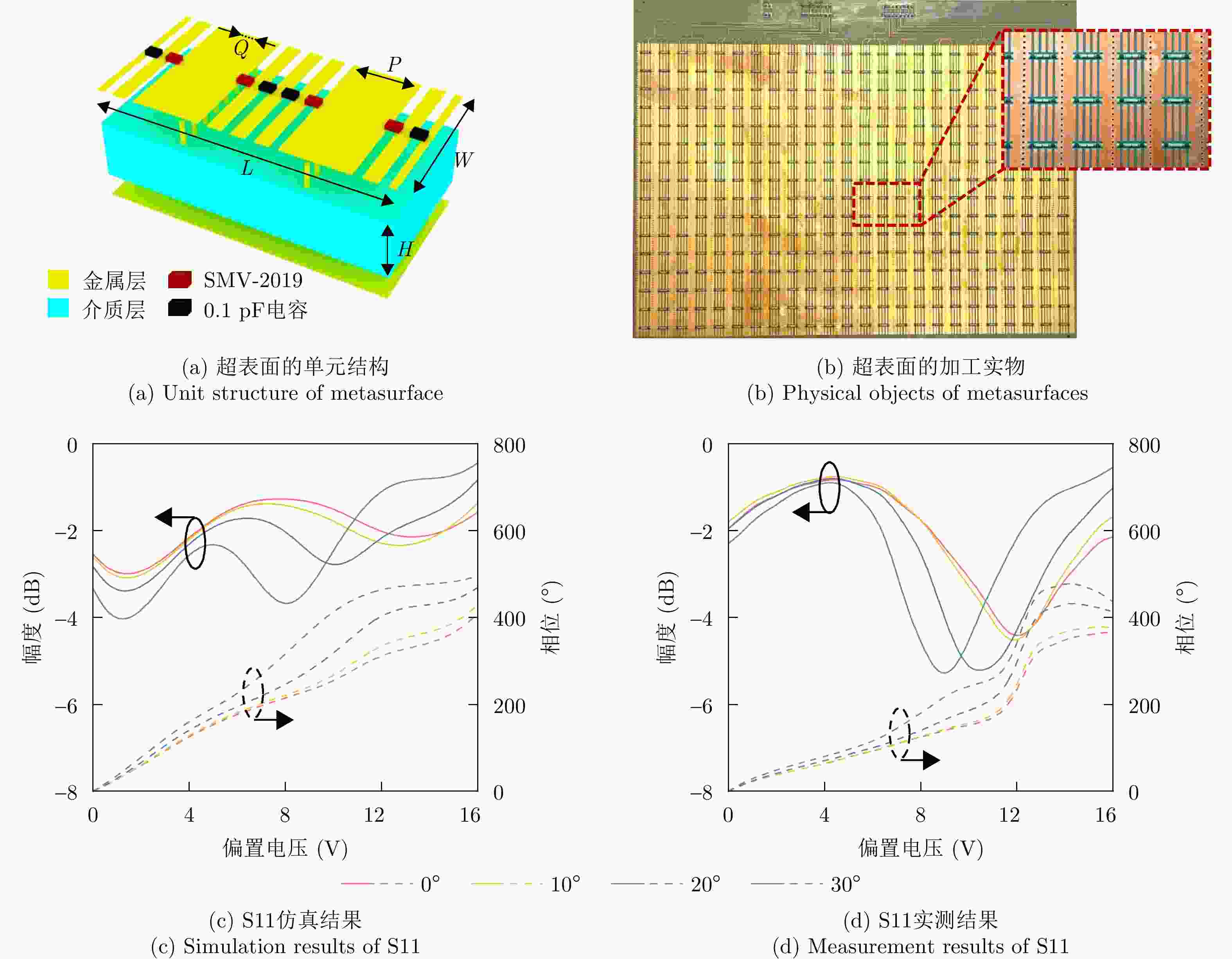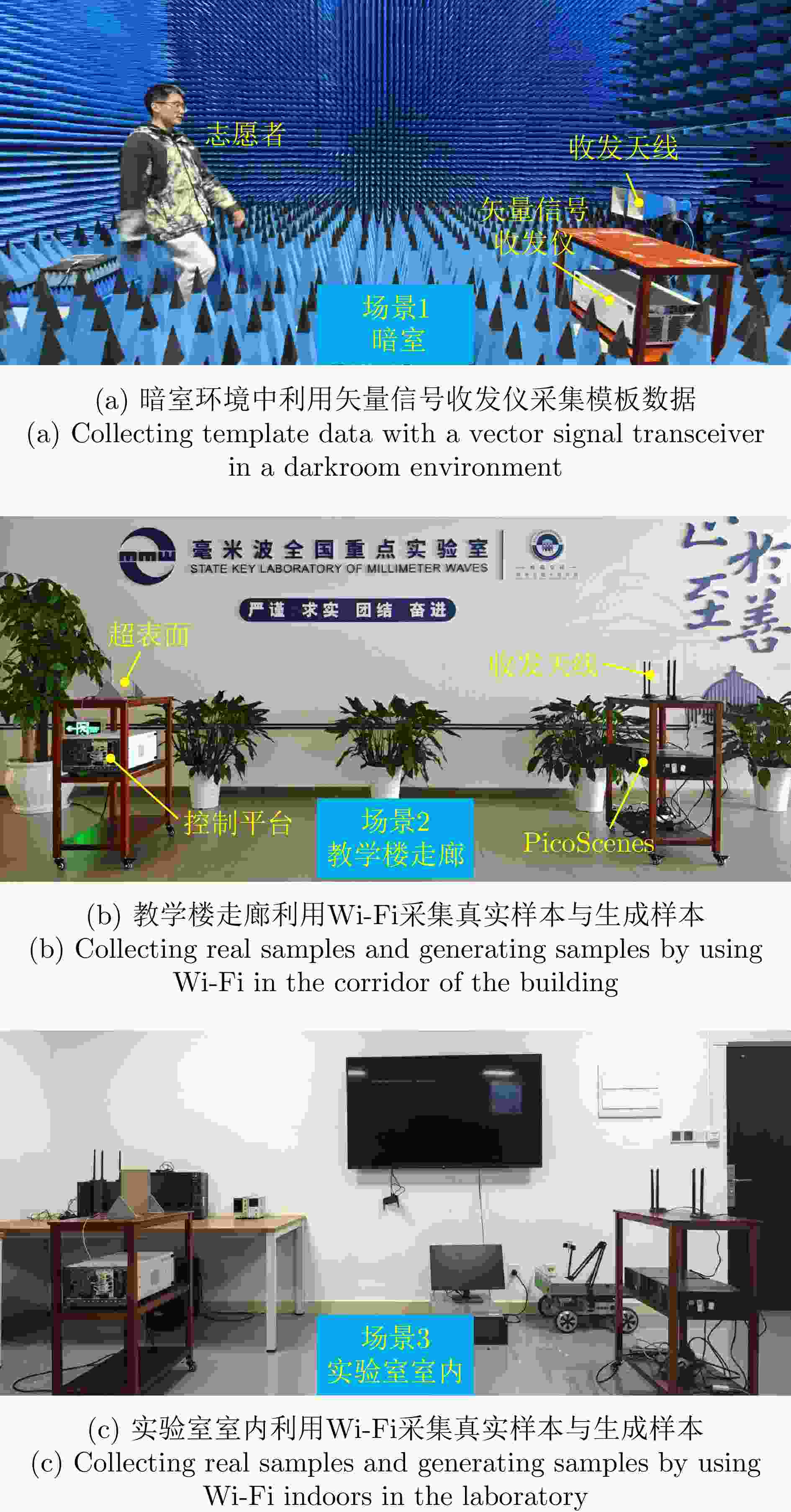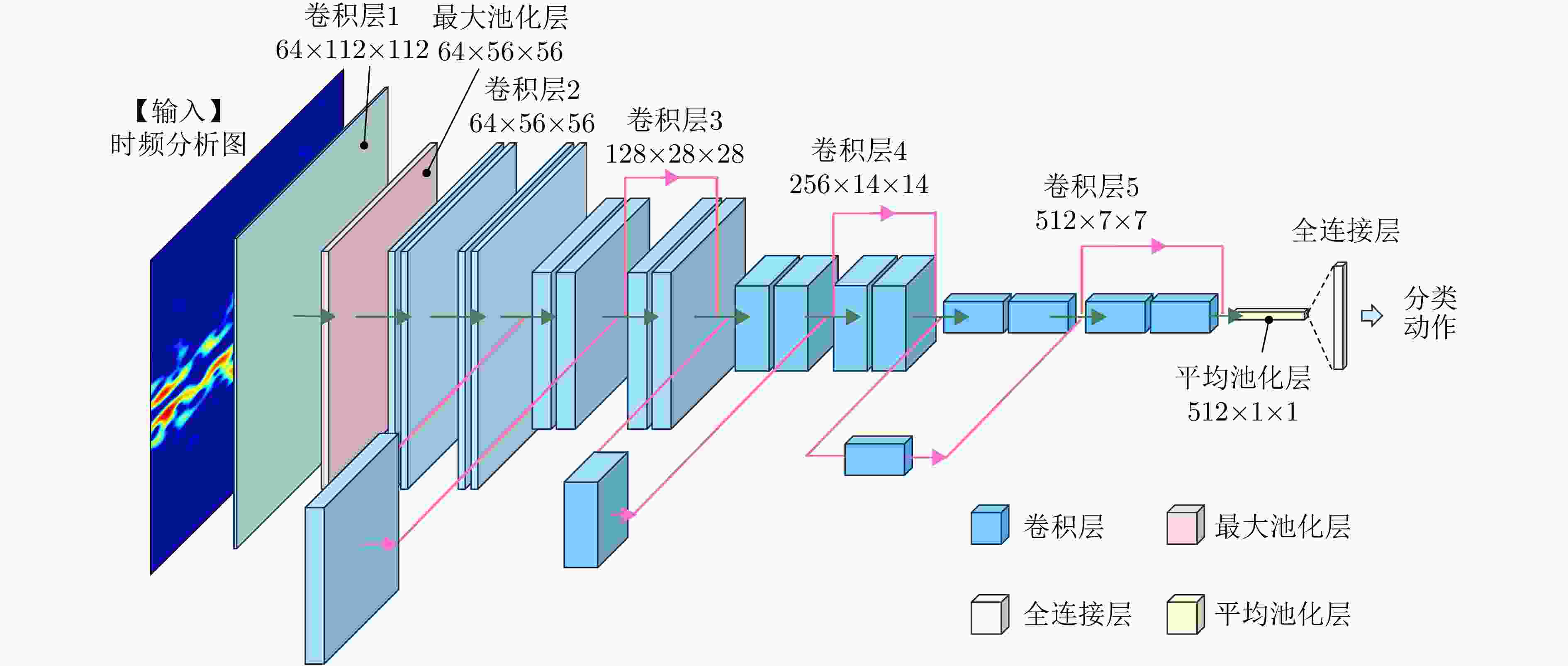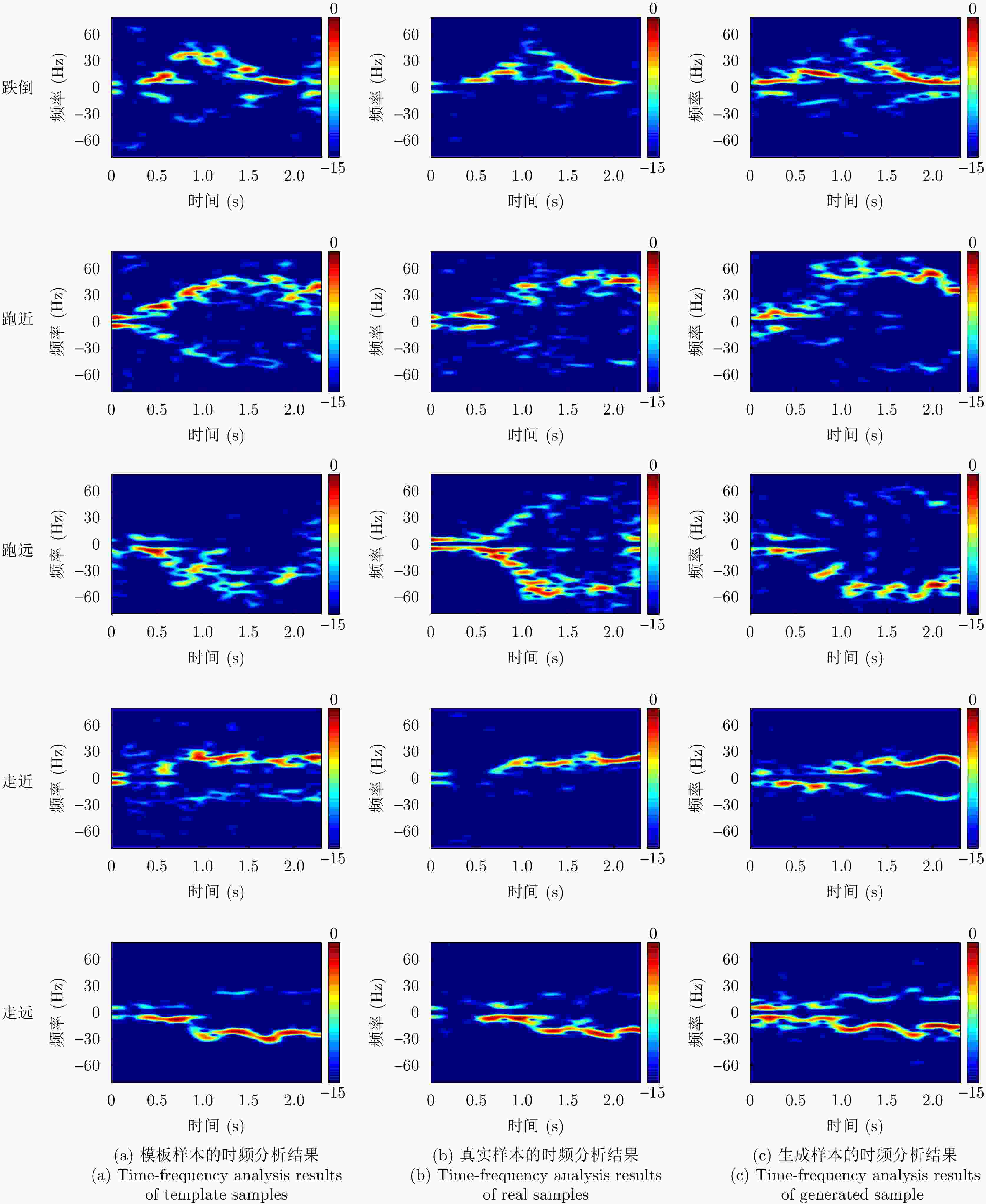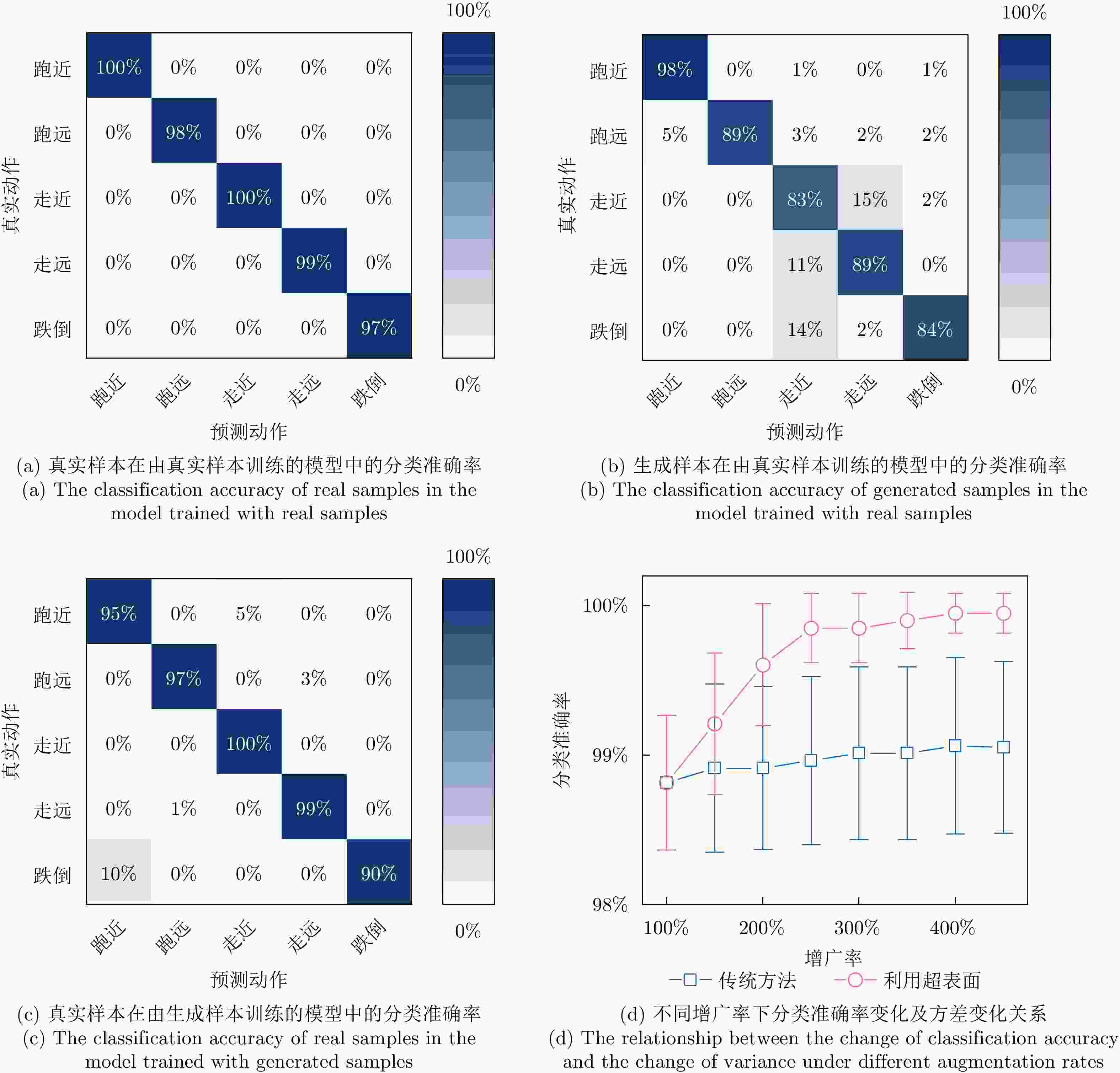| [1] |
REN Yili, WANG Yichao, CHEN Yingying, et al. A vision-based approach for commodity WiFi sensing[C]. The 20th ACM Conference on Embedded Networked Sensor Systems, Boston, USA, 2022: 800–801. doi: 10.1145/3560905.3568068.
|
| [2] |
ZHANG Jie, TANG Zhanyong, LI Meng, et al. CrossSense: Towards cross-site and large-scale WiFi sensing[C]. The 24th Annual International Conference on Mobile Computing and Networking, New Delhi, India, 2018: 305–320. doi: 10.1145/3241539.3241570.
|
| [3] |
MA Yongsen, ZHOU Gang, and WANG Shuangquan. WiFi sensing with channel state information: A survey[J]. ACM Computing Surveys (CSUR), 2020, 52(3): 46. doi: 10.1145/3310194.
|
| [4] |
JIANG Hongbo, CAI Chao, MA Xiaoqiang, et al. Smart home based on WiFi sensing: A survey[J]. IEEE Access, 2018, 6: 13317–13325. doi: 10.1109/ACCESS.2018.2812887.
|
| [5] |
SUN Yimiao, HE Yuan, ZHANG Jiacheng, et al. BIFROST: Reinventing WiFi signals based on dispersion effect for accurate indoor localization[C]. The 21st ACM Conference on Embedded Networked Sensor Systems, Istanbul, Turkiye, 2023: 376–389. doi: 10.1145/3625687.3625786.
|
| [6] |
CHEN Yulong, GUO Junchen, SUN Yimiao, et al. ElaSe: Enabling real-time elastic sensing resource scheduling in 5G vRAN[C]. 2024 IEEE/ACM 32nd International Symposium on Quality of Service (IWQoS), Guangzhou, China, 2024: 1–10. doi: 10.1109/IWQoS61813.2024.10682934.
|
| [7] |
MONJUR M, LIU Jia, XU Jingye, et al. Data distribution dynamics in real-world WiFi-based patient activity monitoring for home healthcare[C]. 2024 IEEE 12th International Conference on Healthcare Informatics (ICHI), Orlando, USA, 2024: 228–233. doi: 10.1109/ICHI61247.2024.00037.
|
| [8] |
CHEN H H, LIN Chilun, and CHANG C H. WiFi-based detection of human subtle motion for health applications[J]. Bioengineering, 2023, 10(2): 228. doi: 10.3390/bioengineering10020228.
|
| [9] |
GU Zhihao, HE Taiwei, WANG Ziqi, et al. Device-free human activity recognition based on dual-channel transformer using WiFi signals[J]. Wireless Communications and Mobile Computing, 2022, 2022(1): 4598460. doi: 10.1155/2022/4598460.
|
| [10] |
WANG Hao, ZHANG Daqing, MA Junyi, et al. Human respiration detection with commodity WiFi devices: Do user location and body orientation matter?[C]. 2016 ACM International Joint Conference on Pervasive and Ubiquitous Computing, Heidelberg, Germany, 2016: 25–36. doi: 10.1145/2971648.2971744.
|
| [11] |
SUN Xian, WANG Peijin, YAN Zhiyuan, et al. FAIR1M: A benchmark dataset for fine-grained object recognition in high-resolution remote sensing imagery[J]. ISPRS Journal of Photogrammetry and Remote Sensing, 2022, 184: 116–130. doi: 10.1016/j.isprsjprs.2021.12.004.
|
| [12] |
ZHANG Wei, TANG Ping, and ZHAO Lijun. Remote sensing image scene classification using CNN-CapsNet[J]. Remote Sensing, 2019, 11(5): 494. doi: 10.3390/rs11050494.
|
| [13] |
IGUAL R, MEDRANO C, and PLAZA I. A comparison of public datasets for acceleration-based fall detection[J]. Medical Engineering & Physics, 2015, 37(9): 870–878. doi: 10.1016/j.medengphy.2015.06.009.
|
| [14] |
KWOLEK B and KEPSKI M. Human fall detection on embedded platform using depth maps and wireless accelerometer[J]. Computer Methods and Programs in Biomedicine, 2014, 117(3): 489–501. doi: 10.1016/j.cmpb.2014.09.005.
|
| [15] |
MA Chao, SHIMADA A, UCHIYAMA H, et al. Fall detection using optical level anonymous image sensing system[J]. Optics & Laser Technology, 2019, 110: 44–61. doi: 10.1016/j.optlastec.2018.07.013.
|
| [16] |
LIU Mengwei, ZHANG Yujia, WANG Jiachuang, et al. A star-nose-like tactile-olfactory bionic sensing array for robust object recognition in non-visual environments[J]. Nature Communications, 2022, 13(1): 79. doi: 10.1038/s41467-021-27672-z.
|
| [17] |
HAO Xuejie, LIU Lu, YANG Rongjin, et al. A review of data augmentation methods of remote sensing image target recognition[J]. Remote Sensing, 2023, 15(3): 827. doi: 10.3390/rs15030827.
|
| [18] |
SHORTEN C and KHOSHGOFTAAR T M. A survey on image data augmentation for deep learning[J]. Journal of Big Data, 2019, 6(1): 60. doi: 10.1186/s40537-019-0197-0.
|
| [19] |
DUONG H T and NGUYEN-THI T A N. A review: Preprocessing techniques and data augmentation for sentiment analysis[J]. Computational Social Networks, 2021, 8(1): 1. doi: 10.1186/s40649-020-00080-x.
|
| [20] |
GAO Xin, DENG Fang, and YUE Xianghu. Data augmentation in fault diagnosis based on the Wasserstein generative adversarial network with gradient penalty[J]. Neurocomputing, 2020, 396: 487–494. doi: 10.1016/j.neucom.2018.10.109.
|
| [21] |
LAN Lan, YOU Lei, ZHANG Zeyang, et al. Generative adversarial networks and its applications in biomedical informatics[J]. Frontiers in Public Health, 2020, 8: 164. doi: 10.3389/fpubh.2020.00164.
|
| [22] |
WANG Siran, CHEN Mingzheng, KE Junchen, et al. Asynchronous space-time-coding digital metasurface[J]. Advanced Science, 2022, 9(24): 2200106. doi: 10.1002/advs.202200106.
|
| [23] |
ZHOU Qunyan, DAI Junyan, FANG Zuqi, et al. Generalized high-precision and wide-angle DOA estimation method based on space-time-coding digital metasurfaces[J]. IEEE Internet of Things Journal, 2024, 11(23): 38196–38206. doi: 10.1109/JIOT.2024.3445451.
|
| [24] |
ZHOU Qunyan, WU Junwei, WANG Siran, et al. Two-dimensional direction-of-arrival estimation based on time-domain-coding digital metasurface[J]. Applied Physics Letters, 2022, 121(18): 181702. doi: 10.1063/5.0124291.
|
| [25] |
CUI Tiejun, QI Meiqing, WAN Xiang, et al. Coding metamaterials, digital metamaterials and programmable metamaterials[J]. Light: Science & Applications, 2014, 3(10): e218. doi: 10.1038/lsa.2014.99.
|
| [26] |
LI Lianlin, CUI Tiejun, JI Wei, et al. Electromagnetic reprogrammable coding-metasurface holograms[J]. Nature Communications, 2017, 8(1): 197. doi: 10.1038/s41467-017-00164-9.
|
| [27] |
ZHAO Jie, YANG Xi, DAI Junyan, et al. Programmable time-domain digital-coding metasurface for non-linear harmonic manipulation and new wireless communication systems[J]. National Science Review, 2019, 6(2): 231–238. doi: 10.1093/nsr/nwy135.
|
| [28] |
DAI Junyan, YANG Liuxi, KE Junchen, et al. High-efficiency synthesizer for spatial waves based on space-time-coding digital metasurface[J]. Laser & Photonics Reviews, 2020, 14(6): 1900133. doi: 10.1002/lpor.201900133.
|
| [29] |
LI Shiyuan, WANG Jianyang, FANG Xinyu, et al. Jamming of ISAR imaging with time-modulated metasurface partially covered on targets[J]. IEEE Antennas and Wireless Propagation Letters, 2023, 22(2): 372–376. doi: 10.1109/LAWP.2022.3212923.
|
| [30] |
KE Junchen, CHEN Xiangyu, TANG Wankai, et al. Space-frequency-polarization-division multiplexed wireless communication system using anisotropic space-time-coding digital metasurface[J]. National Science Review, 2022, 9(11): nwac225. doi: 10.21203/rs.3.rs-1509959/v1.
|
| [31] |
WANG Siran, DAI Junyan, ZHOU Qunyan, et al. Manipulations of multi-frequency waves and signals via multi-partition asynchronous space-time-coding digital metasurface[J]. Nature Communications, 2023, 14(1): 5377. doi: 10.1038/s41467-023-41031-0.
|
| [32] |
KE Junchen, DAI Junyan, ZHANG Junwei, et al. Frequency-modulated continuous waves controlled by space-time-coding metasurface with nonlinearly periodic phases[J]. Light: Science & Applications, 2022, 11(1): 273. doi: 10.1038/s41377-022-00973-8.
|
| [33] |
WANG Siran, DAI Junyan, KE Junchen, et al. Radar micro-Doppler signature generation based on time-domain digital coding metasurface[J]. Advanced Science, 2024, 11(19): 2306850. doi: 10.1002/advs.202306850.
|
| [34] |
HE Yuan, ZHANG Jia, XI Rui, et al. Detection and identification of non-cooperative UAV using a COTS mmWave radar[J]. ACM Transactions on Sensor Networks, 2024, 20(2): 44. doi: 10.1145/3638767.
|
| [35] |
CHEN Yande, HE Yuan, SUN Yimiao, et al. mmTAI: Biometrics-assisted multi-person tracking with mmWave radar[C]. 2024 IEEE 30th International Conference on Parallel and Distributed Systems (ICPADS), Belgrade, Serbia, 2024: 26–33. doi: 10.1109/ICPADS63350.2024.00014.
|
| [36] |
ZHANG Jia, XI Rui, HE Yuan, et al. A survey of mmWave-based human sensing: Technology, platforms and applications[J]. IEEE Communications Surveys & Tutorials, 2023, 25(4): 2052–2087. doi: 10.1109/COMST.2023.3298300.
|
| [37] |
JAGANATHAN D, BALSUBRAMANIAM S, SURESHKUMAR V, et al. Concatenated modified LeNet approach for classifying pneumonia images[J]. Journal of Personalized Medicine, 2024, 14(3): 328. doi: 10.3390/jpm14030328.
|
| [38] |
TANG Chong, VISHWAKARMA S, LI Wenda, et al. Augmenting experimental data with simulations to improve activity classification in healthcare monitoring[C]. 2021 IEEE Radar Conference, Atlanta, USA, 2021: 1–6. doi: 10.1109/RadarConf2147009.2021.9455314.
|



 作者中心
作者中心 专家审稿
专家审稿 责编办公
责编办公 编辑办公
编辑办公

 下载:
下载:
